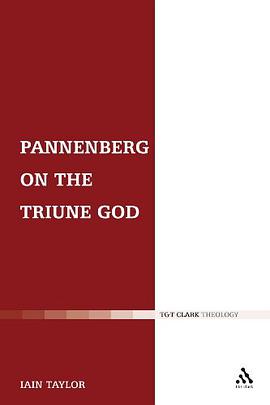

This book examines management of the built cultural heritage through the use of the concept of cultural significance. It considers how and why cultural significance is assessed and how it can be used as an effective focus and driver for management strategies and processes. Effective management of the built cultural heritage requires a clear understanding of what makes a place significant (and how that significance might be vulnerable) but the book also emphasises that this understanding of cultural significance must inform all activities in order to ensure that what is important about the place is protected and enhanced. The book was written in the midst of much fundamental rethinking, both nationally and internationally, on approaches to the conservation of our built cultural heritage. Managing Built Heritage: the role of cultural significance is analytical and reflective but also draws on real life examples to illustrate particular issues, looking at current approaches and drawing out best practice. The authors consider key policies and procedures that need to be implemented to help ensure effective management and the book will be useful for specialists in built cultural heritage - conservation officers, built heritage managers, architects, planners and surveyors - as well as for facilities and estates managers whose building stock includes listed buildings or buildings in conservation areas.
具体描述
读后感
评分
评分
评分
评分
用户评价
相关图书
本站所有内容均为互联网搜索引擎提供的公开搜索信息,本站不存储任何数据与内容,任何内容与数据均与本站无关,如有需要请联系相关搜索引擎包括但不限于百度,google,bing,sogou 等
© 2025 book.wenda123.org All Rights Reserved. 图书目录大全 版权所有




















